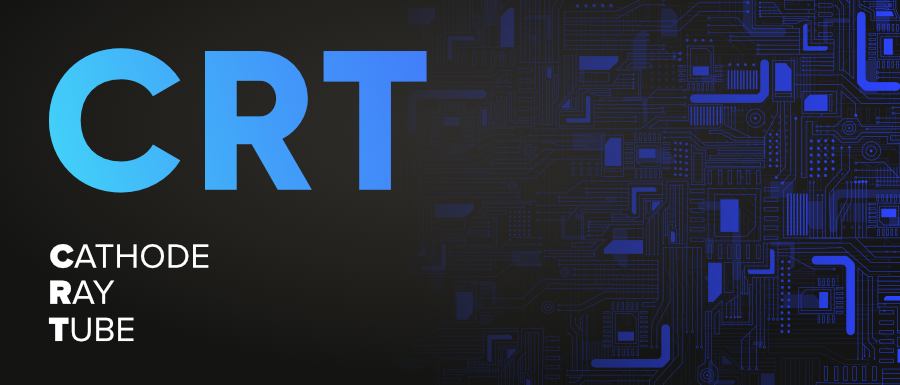


What is Cathode Ray Tube?
The full form of CRT is Cathode Ray Tube. CRT is a vacuum tube in which a fluorescent projector produces a trace of an electron beam, deflected by induced magnetic and electric fields. Cathode ray tubes have the purpose of translating an electrical signal into a visual image. Cathode rays or electron particle beams are very simple to generate and electrons orbit each atom and travel as electric current from the atom to the atom.
Uses of CRT
Limitations of CRT
History of CRT
Within a cathode ray tube, electrons are accelerated using an electric field from one end of the tube to the other. Once the electrons reach the far end of the tube, due to their velocity, they lose all the energy they hold, and this is converted into other forms like heat. A minimal amount of heat is transferred into X-rays.
The electron beams in a display that are interlaced or non-interlaced travel around the screen, strike phosphorus dots inside the glass tube, light up and project onto the display. There are three weapons with electrons: green, red and blue. Interference happens when a speaker or other magnetic instruments are mounted near a CRT display due to the Magnetic charges that are used to demonstrate the direction of electrons. Magnetic charges are not used in LCDs and flat screens, which is why they do not even solve issues with these sorts of interference occurrences.
Basic parts of CRT